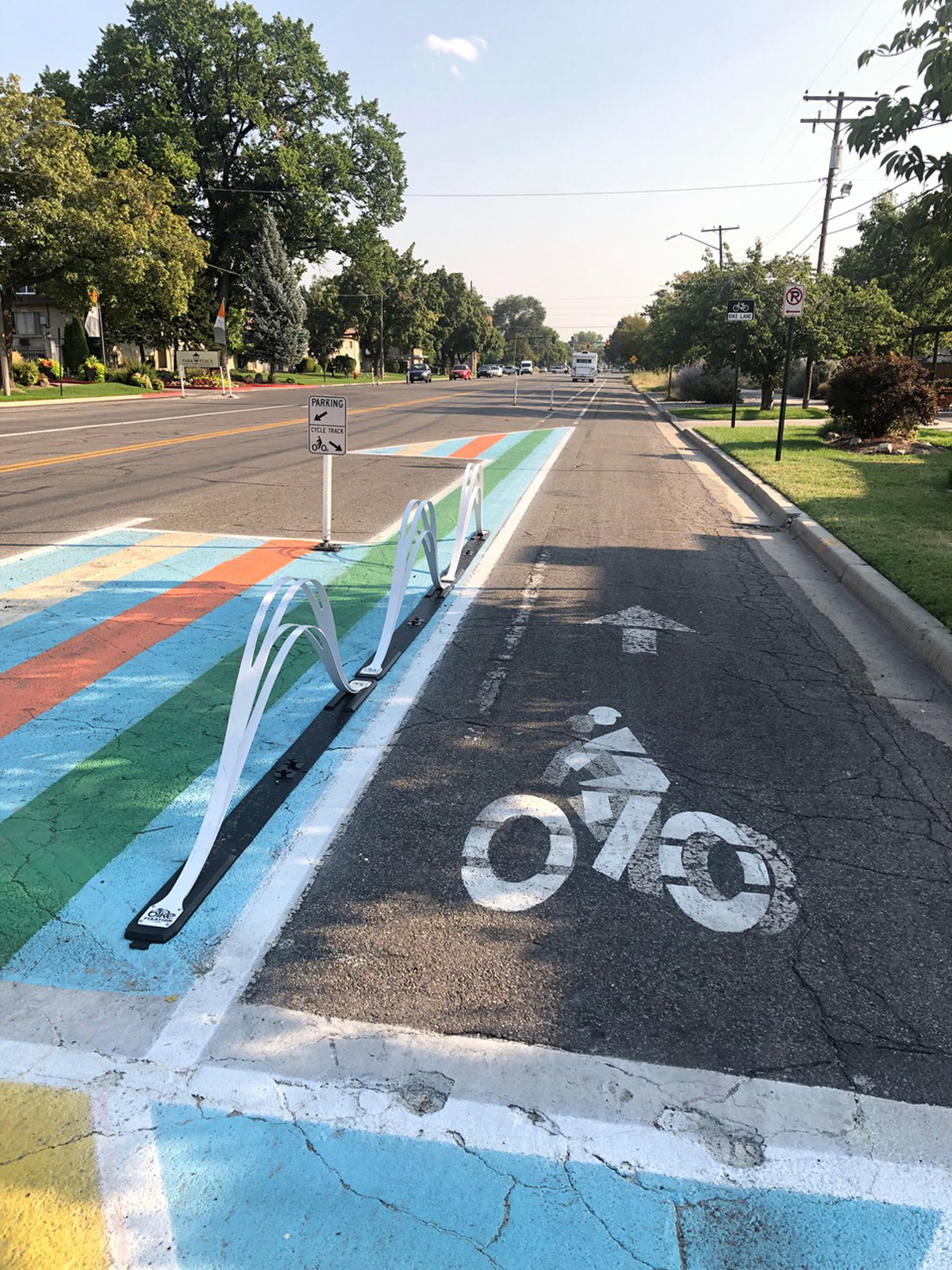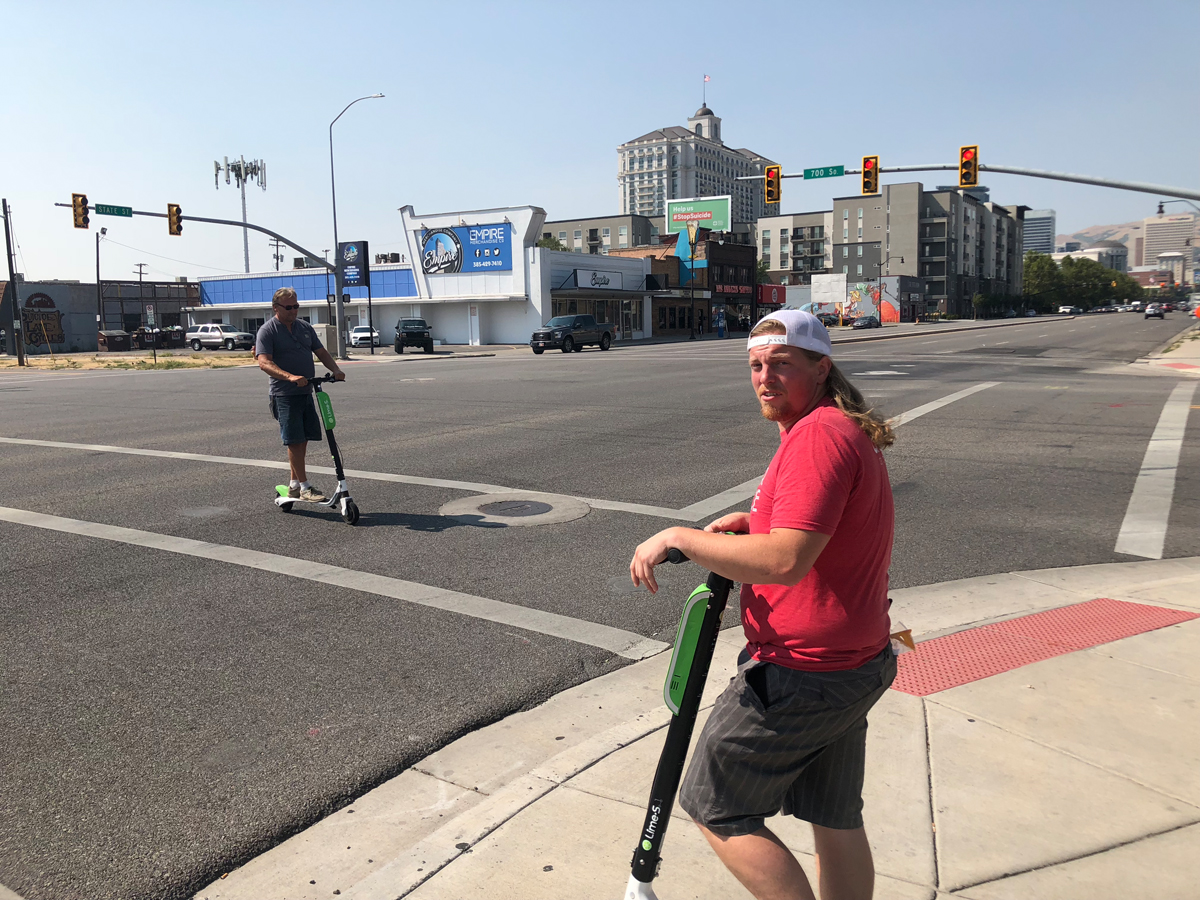By Charles Pekow — We don’t know as much as we should about how major transportation projects improve bicycling conditions. That’s because evaluations often don’t include “active transportation.” And that, in turn, is because federal rules don’t generally require it as part of evaluations of major projects which is illustrated in Measuring Investments in Active Transportation When Accomplished as Part of Other Projects: A Synthesis of Highway Practice, a report from the National Cooperative Highway Research Program.

“Because it is difficult to track active transportation investments that are not stand-alone projects, states may be underreporting their investments in active transportation,” the report warns. It has proven too much of a burden to separate the costs and benefits.
UDOT Faulted
The report specifically faults the Utah Department of Transportation (UDOT), saying it “does not consistently track active transportation component project investments. There is some tracking done to meet reporting requirements relating to federal funding, but it only aims to demonstrate that minimum requirements are being met and likely does not reflect a full account of active transportation projects or components.”

The study also notes that UDOT faces “little external pressure from advocacy groups to report on active transportation. UDOT completes the League of American Bicyclists biannual survey about funding and implementation of bicycle facilities to the best of its ability, but local advocacy groups have not been requesting a quantification or documentation of active transportation investments.”
Heidi Goedhart, UDOT active transportation manager, said she had seen the report and acknowledged “we just haven’t institutionalized processes that record active transportation investment to the degree we should.” When the state buys asphalt for a road project, for instance, it’s hard to calculate exactly how much went for bike lanes, she noted. “We don’t have the capability or human bandwidth to calculate all that stuff.” UDOT’s $100 million active transportation budget for FY 24 may help, she said.

UDOT does collect data, such as visual images of transportation, and might be able to use it to see how many people are using active transportation on projects, she added. “The software we are using for program management is kind of antiquated, honestly. When we update that software, let’s make sure we are purchasing software (that can factor in active transportation) and we have staff that have the time to input these data so we know what we are spending.”
Chris Wiltsie, 1,000 miles program director for Bike Utah, said he hadn’t seen the report. But he said ”I don’t know that holding UDOT accountable for all these problems is necessarily productive because they’re just one piece of the total project.” Nor can Bike Utah do all the pushing. “There aren’t that many local bike advocacy groups in Utah though more people are getting in the act. It has grown a lot since I started this job (more than four years ago). We’re headed in the right direction.”
Details: https://nap.nationalacademies.org/download/26726

